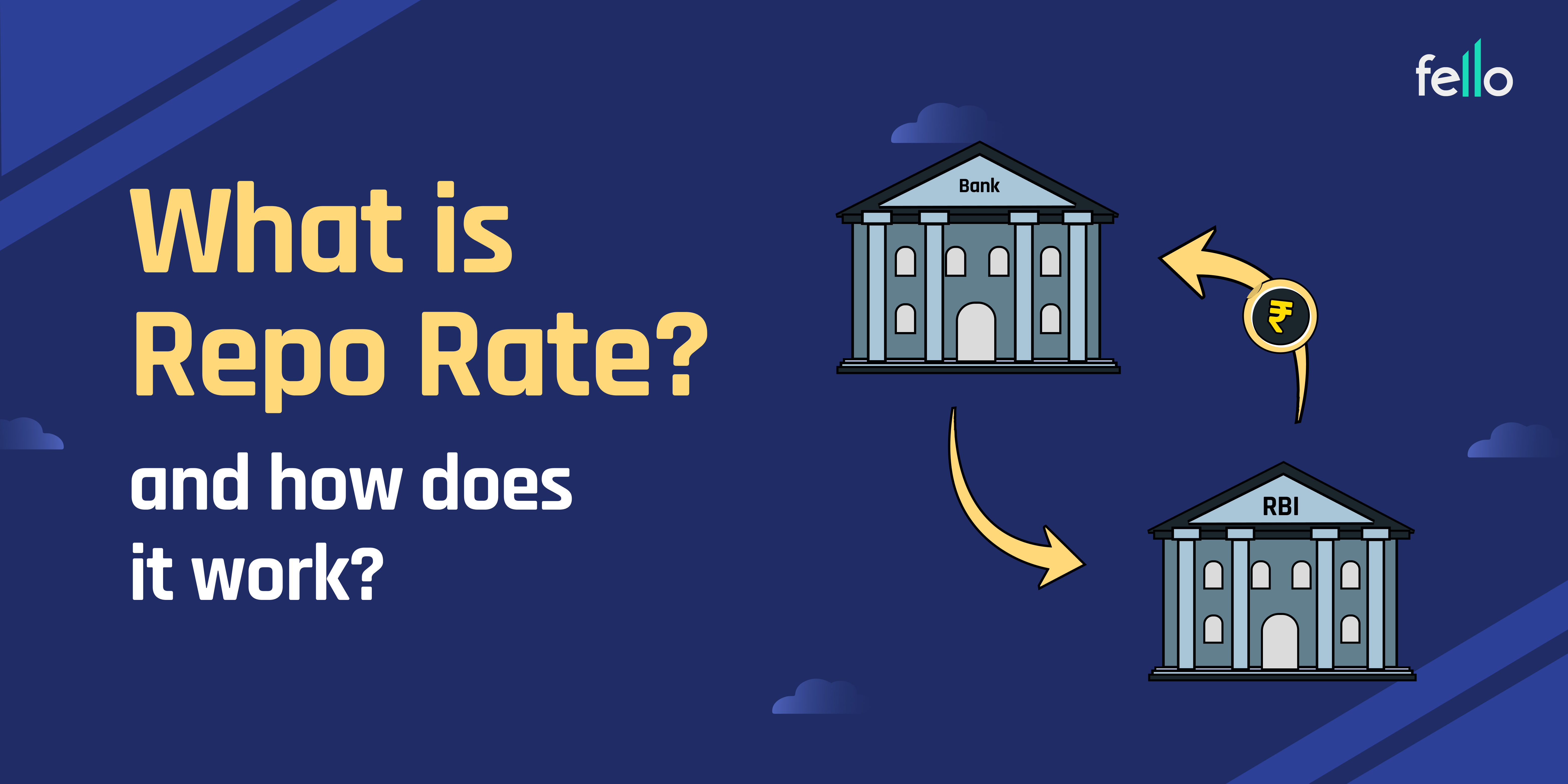On June 6, 2025, the Reserve Bank of India (RBI) cut the repo rate for the third consecutive time, bringing it down to 5.50%. This move, announced by the RBI’s Monetary Policy Committee (MPC), comes as part of ongoing efforts to stimulate the slowing economy and tackle subdued inflation. Following the rate cut, several banks have already lowered their lending rates, making loans cheaper for businesses and consumers. But what is repo rate? How does it work?
Understanding the Repo Rate
The repo rate is the rate at which the Reserve Bank of India lends money to commercial banks against government securities. In simple terms, it’s the interest rate charged by the RBI when banks borrow funds for short-term needs. The term “repo” stands for “repurchase agreement,” meaning banks agree to repurchase the securities after a specific period.
When the RBI changes the repo rate, it influences the entire banking system. A lower repo rate makes loans cheaper, encouraging spending and investment. A higher repo rate makes borrowing expensive, aiming to control inflation.
How Does Repo Rate Work?
Let’s break it down:
- Banks face short-term cash shortages.
- They borrow money from the RBI by pledging government securities as collateral.
- The RBI charges interest on these loans, known as the repo rate.
- When the repo rate is low, borrowing costs decrease. When it is high, borrowing becomes expensive.
This mechanism allows the RBI to control liquidity, inflation, and overall economic stability.
Impact of Changes
Here’s a quick overview of how changes in the repo rate can ripple through the economy:
| Scenario | Effect on Banks | Effect on Consumers | Purpose |
| Repo Rate Cut | Cheaper borrowing from RBI | Lower interest rates on loans | Boost spending and growth |
| Repo Rate Hike | Costlier borrowing from RBI | Higher interest rates on loans | Control inflation |
The RBI has cut the repo rate three times consecutively to encourage economic activity and make loans cheaper.
Why RBI Cuts or Hikes Repo Rate?
- To Control Inflation: When inflation is high, the RBI may increase the repo rate to discourage borrowing and reduce spending. A higher repo rate makes loans more expensive, reducing the flow of money in the market and slowing consumer demand. This helps in controlling rising prices and stabilizing the economy.
- To Stimulate Growth: When economic activity slows, the RBI may cut the repo rate to make borrowing cheaper, pushing businesses and consumers to spend more. A lower repo rate reduces the cost of loans, making it easier for people to invest in homes, cars, and businesses. It also encourages companies to expand operations and create jobs, boosting overall demand and driving economic recovery.
Here are common Mistakes to Avoid While Applying for a Personal Loan
Why the Repo Rate Matters
Repo rate is the backbone of the RBI’s monetary policy. By adjusting this rate, the RBI manages the flow of money in the economy. The repo rate affects every aspect of financial life, from EMIs on home loans to the interest rates on fixed deposits.
When the RBI lowers the repo rate, banks can borrow at a lower cost. Ideally, they pass on this benefit to consumers through lower loan interest rates. This encourages people to buy homes, cars, and invest in businesses, driving economic activity.
Conversely, when inflation is climbing too fast, the RBI raises the repo rate to make borrowing expensive, reducing money circulation and cooling down the economy.
Conclusion
To sum up, How Does Repo Rate Work?It is a critical monetary tool used by the RBI to control liquidity, manage inflation, and support economic growth. The recent RBI decision to cut the repo rate to 5.50% is expected to give a much-needed push to the economy. Whether you’re a borrower, an investor, or just someone following financial news, understanding the repo rate helps you grasp how India’s monetary system impacts your daily life.
Recommended read:- 5 Easy ways to improve your CIBIL Score

